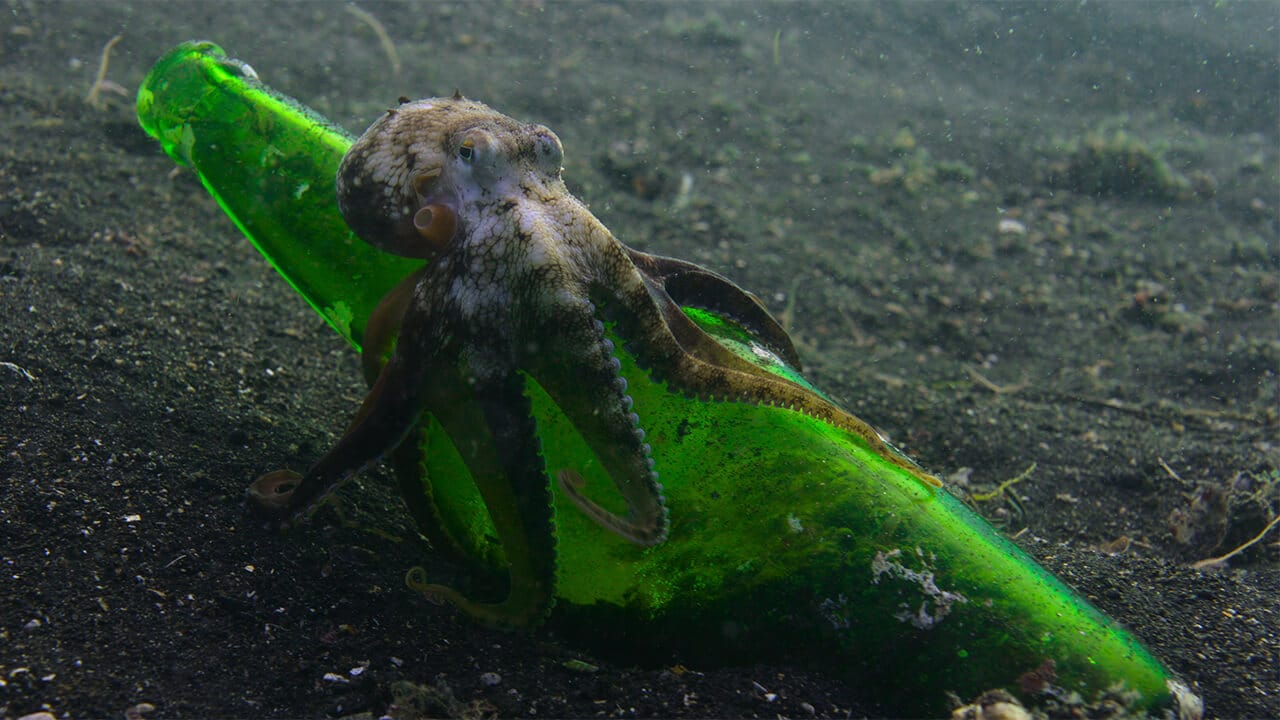
Picture: Our Oceans. Cr. Courtesy of Netflix © 2024
Netflix’s groundbreaking new nature docuseries Our Oceans is coming to the streaming service in November 2024. Narrated by former US President Barack Obama, Our Oceans promises to deliver some of the most incredible footage ever captured across all five oceans and seven continents.
Our Oceans is an upcoming Netflix Original nature documentary series narrated by Barack Obama. The series is produced by Wild Space Production, Freeborne Media, and Higher Ground Productions, with James Honeyborne and Barack and Michelle Obama as executive producers.
Our Oceans consists of five episodes, each with an approximate runtime of sixty minutes. Each episode has been produced and directed by a different person: Rachel Scott, Joe Tuck, Nick Lyon, Caroline Menzies, and Abraham Joffe.
When is Our Oceans coming to Netflix?
Netflix has announced that Our Oceans will premiere on the streaming service on November 20th, 2024.
What is Our Oceans about?
Netflix has provided a lengthy synopsis for Our Oceans:
“Our planet’s five oceans are driven by a single, all-powerful engine: the “Global Ocean Current”, a thousand-year phenomenon that links their diverse ecosystems into one giant lifeforce, fueling existence as we know it. From the tiny, tenacious cuttlefish to the gracefully enormous blue whale, every ocean-dwelling creature relies on that current to provide the resources they require to survive. A lonely puffin awaiting his mate in the North Atlantic is linked to the bioluminescent spectaculars off Southern California; bottlenose dolphins in the Indian Ocean frolic in the same waters as polar bear cubs in the Arctic. As the current flows past clownfish circling colorful coral reefs in the Western Pacific to the frigid Antarctic ice floes of chinstrap penguins and crabeater seals, it carries with it valuable nutrients, newborn life, man-made dangers, and hope for the future.
Narrated by President Barack Obama, this five-part documentary from Freeborne Media — the Emmy Award-winning team behind Our Great National Parks — takes viewers on a 75,000-mile cruise across and beneath the oceans as they are today, giving us unprecedented access to some of the most unexplored realms of our planet. Using cutting-edge scientific research and newly-developed underwater filmmaking technology, the series overflows with stunning action sequences, eye-popping drone footage, intimate seabed closeups, and countless never-before-seen animal behaviors: Sea bream playing tennis? Humpback whales staging heists? An octopus packing heat? It’s a literal deep dive into the emotional, relatable lives of the most magical, resourceful, and resilient creatures on Earth, as they face new challenges and develop astounding skills made necessary by the changing waters around them. Our Oceans invites us to care about these plucky heroes, with whom we’ve got a surprising amount in common — and not a moment too soon, as their fates are inextricably linked with our own.”
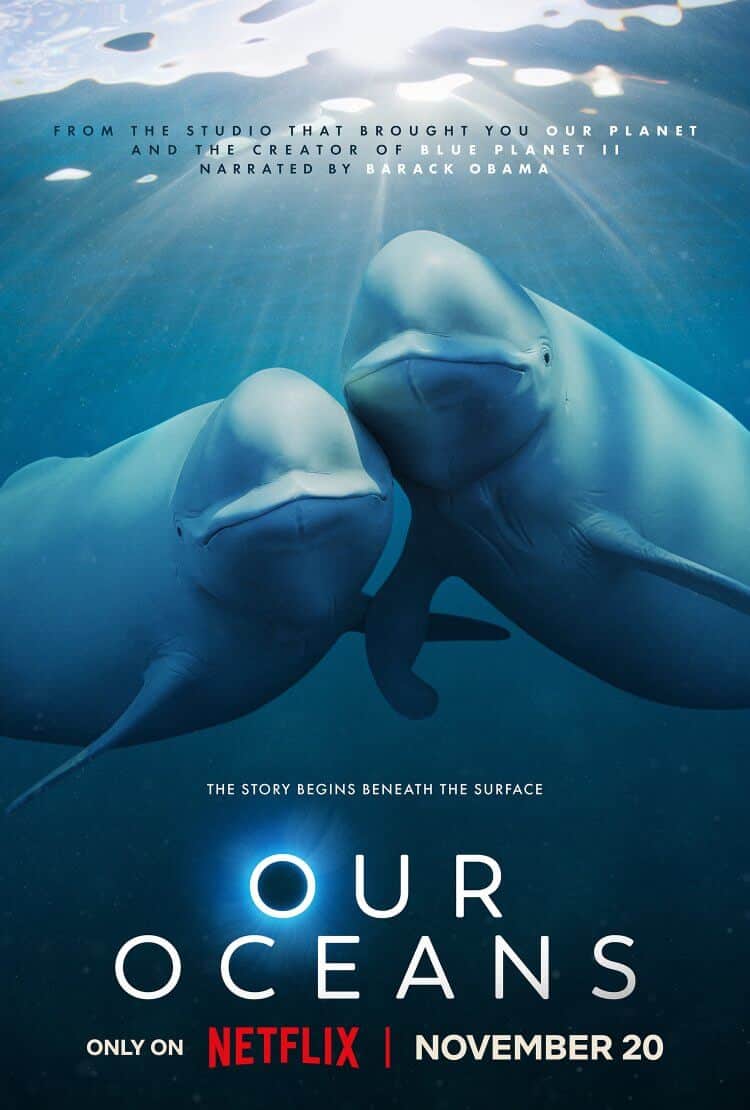
Episode Breakdowns
Episode 1 Pacific Ocean
The largest ocean in the world, the Pacific Ocean, takes up 1/3 of our planet. The first episode will take us to the far side of the world, to the incredible Pacific Ocean. It’s a spectacle of life, from the mighty whale to the humble cuttlefish, from underwater volcanoes to the Gulf of California.
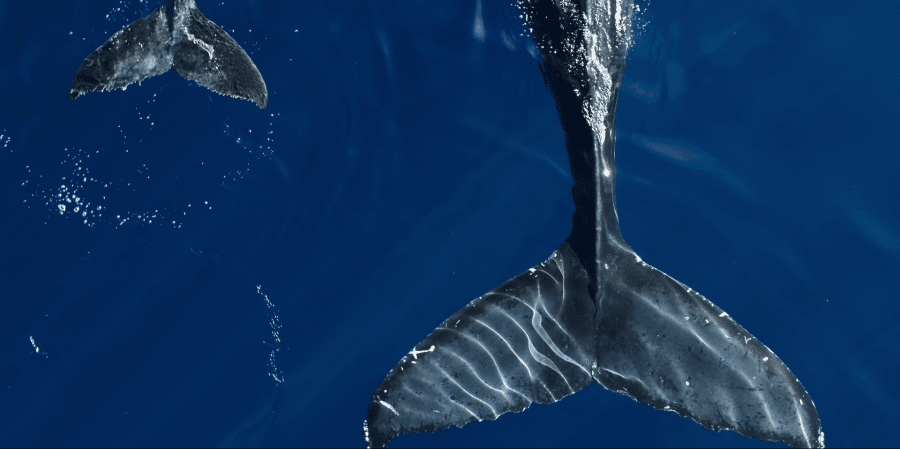
Picture: Our Oceans. Cr. Courtesy of Netflix © 2024
Episode 2 Indian Ocean
The second episode will take us to the exotic and vibrant Indian Ocean; from the shores of India to Western Australia, we’ll see the incredible intelligence of Dolphins and their hunting skills, to the world of the bumphead parrot fish and their bone-crushing duels.
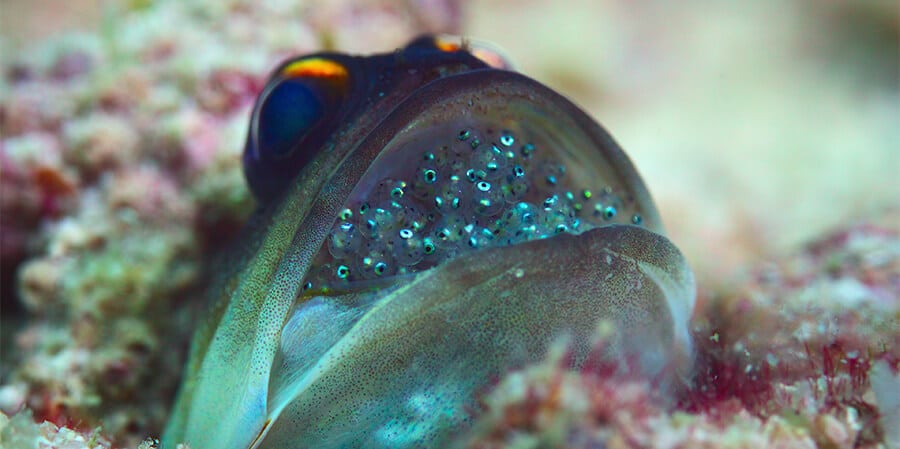
Picture: Our Oceans. Cr. Courtesy of Netflix © 2024
Episode 3 Atlantic Ocean
In the third episode, we’ll see a beautiful pod of Orca at “Orca Training Academy,” where the young learn hunting challenges as they begin to specialize in complex stealth strategies and work as a team. The episode will also take us to the shores of the Falkland Islands, where two puffins who mate for life take us on an incredible romantic saga.
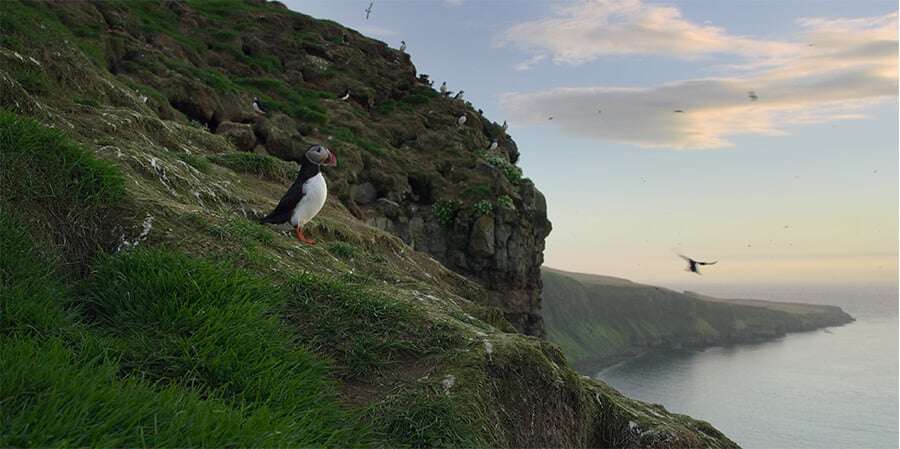
Picture: Our Oceans. Cr. Courtesy of Netflix © 2024
Episode 4 Artic Ocean
One of the most dangerous places on Earth, the Arctic Ocean, is home to incredible animals, such as the walrus, polar bear and the narwhal. In this episode, we’ll see an awe-inspiring journey of a polar bear mother and her two cubs. We’ll also see the majestic narwhal in action and a Beluga pool party!
Episode 5 Southern Ocean
Taking us to the far south of the world, we will once again be given a view of the world of orcas as the production team spent years following an incredible and intelligent pod of killer whales.
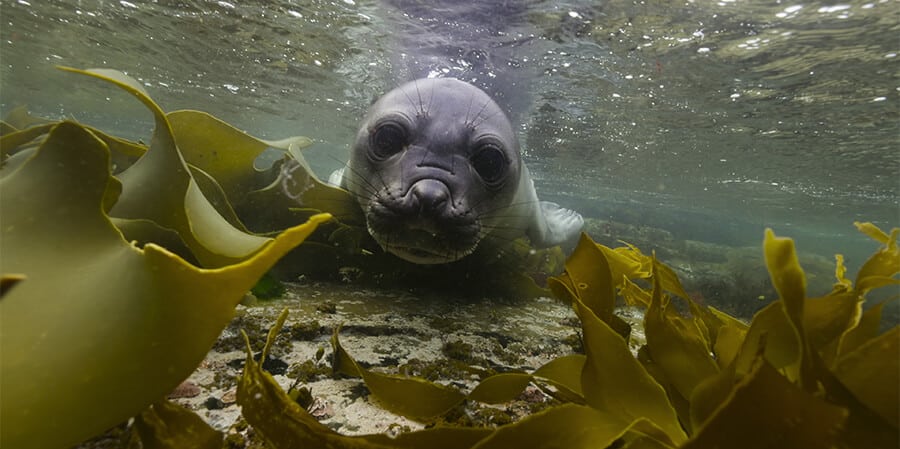
Picture: Our Oceans. Cr. Courtesy of Netflix © 2024
The Incredible Stats Behind Our Oceans
A tremendous amount of time, effort, personnel, and money went into making Our Oceans.
- Our Oceans was filmed in 33 countries, all seven continents, and all five oceans.
- Production teams were spread across six different time zones and separated by four continents.
- Over 100 expeditions were made.
- The team spent 53,000 hours in the field.
- Accumulatively, in total, over 40 years of man-hours were spent in the field to make the series. (353,688 hours).
- Over 4,000 hours were spent underwater by the team.
- Over 1,000 different species were filmed across all five oceans.
- Thanks to the discoveries made by the Our Oceans team, 20 new scientific publications have been written.
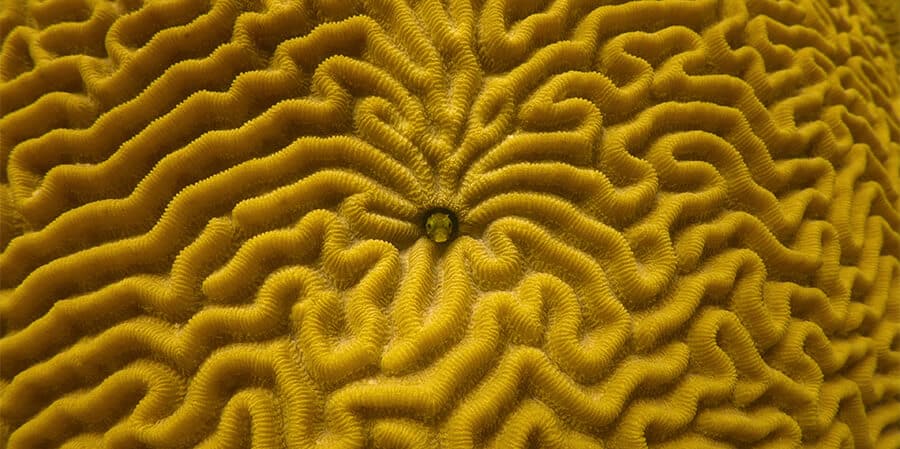
Picture: Our Oceans. Cr. Courtesy of Netflix © 2024
Groundbreaking new technology and filmmaking?
Our Oceans broke incredible new ground in filmmaking with some astonishing achievements made:
- First documentary team to successfully document black smokers
(hydrothermal vents) at 83.5 degrees North under ice at 4,000m using an ROV. - First crew to use FPV filming techniques in both polar regions.
- Crews filmed in a slew of ecosystems, including on active volcanoes and on actively carrying ice shelves.
- The team filmed in temperatures ranging from -35 to 46 degrees
Celsius / -31 to 115 degrees Fahrenheit. - The series has been pushing technology to new territories in terms of underwater filming. New tech developed and used across the series include gimbalized pole cam, underwater ROV, animal-mounted underwater cameras, underwater motion-controlled rigs, underwater camera traps, and long-deploy underwater cameras.
- The series includes the deepest survey ever done beneath the Arctic sea ice — 4K cameras taken as deep as 3,000 meters.
- The team filmed species ranging in size from smaller than a grain
of rice (Ostracods) to the largest animal in the ocean (Atlantic Blue Whale). - The team filmed some of the most endangered species on the planet (Spotted Handfish, Wedgefish) to some of the greatest gatherings of species (Sardine Run, Dugong gatherings, Elephant Seals in South Georgia and Chinstrap Penguins in Zavodovski).
- The team spent over 70 hours underwater with the same animal to get to know it in-depth — the veined octopus — and discovered that they use small pebbles as projectiles to defend themselves against fish.
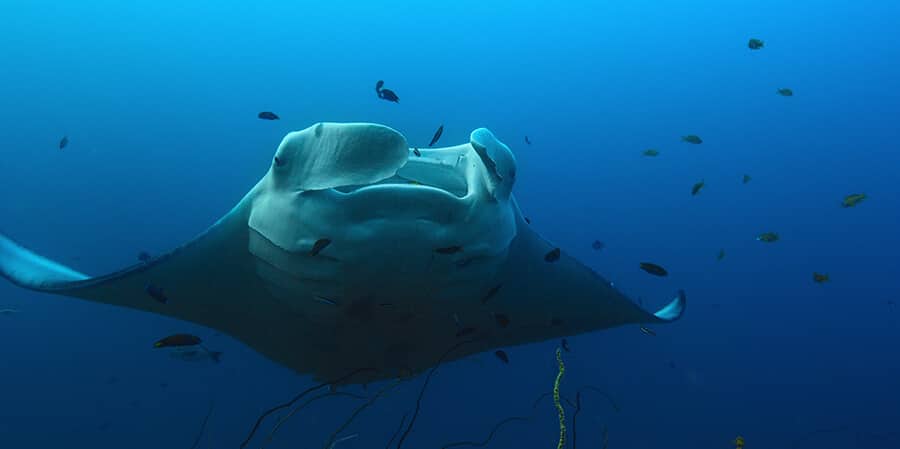
Picture: Our Oceans. Cr. Courtesy of Netflix © 2024
Are you looking to watching Our Oceans on Netflix? Let us know in the comments below!




